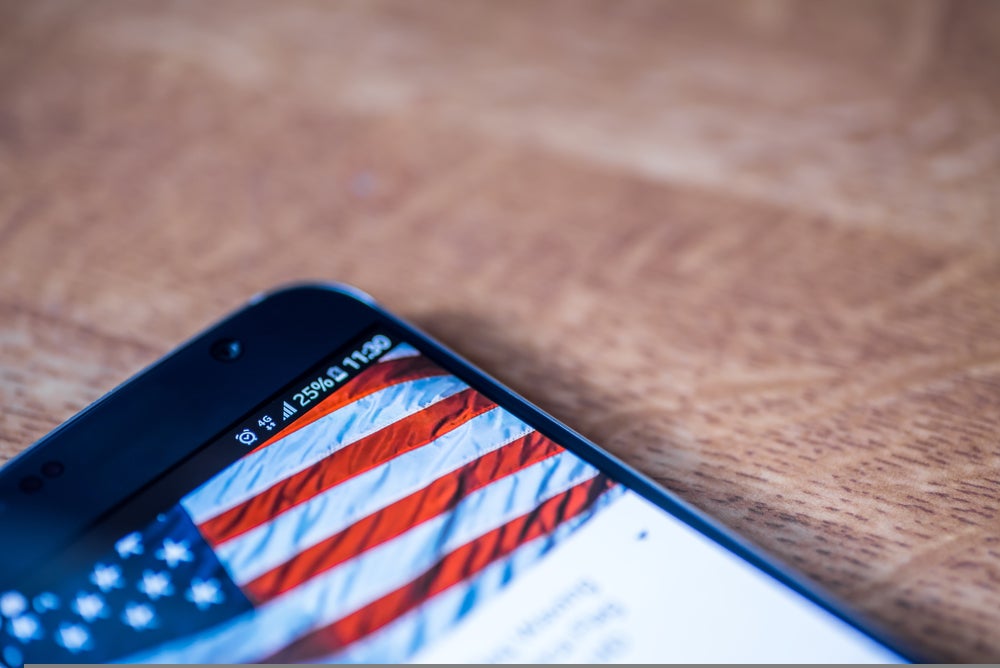The result of the US elections was once again affirmative of the public distrust towards opinion polls, which failed for a second time to accurately predict the outcome based on the same fallacies.
The underestimation of votes of Trump supporters as well as the unique characteristics of the demographics and the electoral system of the US, reveal the weaknesses of the established polling methods, which have to be revisited.
Repeated underestimation of silent voices
The election outcome exposed the opinion polls that predicted a comfortable win for Democrats. Opinion polls did manage to predict the winner in the vast majority of states, but they again failed to predict the shares of the popular vote at national and state level.
The overestimation of support of Democrats can neither be explained by an abstention of voters, as participation in these elections was record-high – the highest rate (67%) among eligible voters since 1900 according to the US Elections Project – nor from a change in vote preference as the number of indecisive voters is considered negligible to skew the outcome, given the extreme polarization of voters between the two parties.
It is the underestimation of Republican votes to blame as pollsters failed to adjust their polling results for overrepresentation of Democrat votes in their samples. Indeed, the comparison of several polls with the election outcome suggest an underestimation of Republican votes, particularly in the Upper Midwest, where there is strong support for Trump.
Similar to the previous election, this phenomenon was provoked by voters that were too “shy” or unwilling to report their preferences in opinion polls. Either because of a “social stigma”, or a negative stance against opinion polls given Trump’s ex-ante denouncement of them as biased, there has been a systemic opinion poll bias that the media and the opinion poll industry failed to recognize again.
How well do you really know your competitors?
Access the most comprehensive Company Profiles on the market, powered by GlobalData. Save hours of research. Gain competitive edge.

Thank you!
Your download email will arrive shortly
Not ready to buy yet? Download a free sample
We are confident about the unique quality of our Company Profiles. However, we want you to make the most beneficial decision for your business, so we offer a free sample that you can download by submitting the below form
By GlobalDataPolls can be inefficient
Getting a representative and at the same time unbiased sample to predict a result within a demographically-diverse region is challenging, as adjusting for representativeness of the sample can violate unbiasedness and vice versa. It also becomes even more challenging to predict the overall election outcome when the result of regional vote disproportionally affects the election outcome based on the winner-takes-it-all electoral system.
The greatest example of this is the key state of Florida, where voting preferences across counties tend to vary considerably similar to their demographics. For instance, the Orange County comprised by the city of Orlando, and the Broward County are strongly supportive of Democrats, unlike their neighboring counties, especially those across the Emerald coast that strongly supported Republicans.
Wide disparities are observed even within counties, with the largest and most diverse country of Miami-Dade, where the projected strong support for Democrats was actually weakened by the large Spanish-speaking population that favored Trump to a greater degree. The underestimation of that part of the population in samples was crucial in falsely skewing opinion poll projections towards Democrats winning the state.
Polling techniques and methods have to be revisited
The heart of the above two problems lies more or less on the established polling methods that haven’t changed much since the first public opinion polls in the 1930s. Polling techniques may now include online surveys and text messages, and less landline calls, which have facilitated responsiveness of interviewees, but the fundamental principle of polling methods still relies on the same premise: all potential interviewees are willing to reveal and they do reveal their true preferences.
As past experience has shown, this may not stand all times. This means that opinion pollsters have to update their techniques with regards to the elicitation of preferences from voters in a way that increases participation and accuracy of revealed preferences, or even change their methods towards modeling of preferences through predictive analytics based on demographics, preferred policies and past votes.
After all, the fallacy of opinion polls is not only a matter of incorrect expectations for an election outcome, it is vitally important as the ability to understand the public opinion for other crucial topics.








